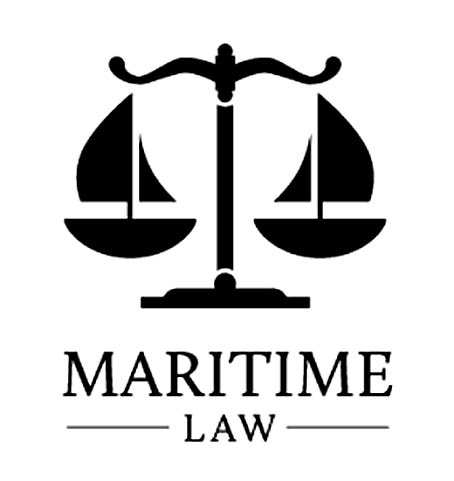
The waters off Alcatraz can be both foreboding and alluring at the same time. Although far enough away from the great white sharks that for the most part prefer the other side of the Golden Gate, the area is respected by mariners because of the strong currents that flow within a stone’s throw of the Island’s now quiet prison buildings. Those same currents along with the cold water temperatures of San Francisco Bay discouraged all but the most determined attempts to escape from the bleak penitentiary before it closed its doors in 1963. Today, the area’s fresh breezes and iconic landmarks provide a setting of a happier nature for boaters fortunate enough to navigate its beautiful waters.

It was on these very waters that two large sailboats collided, resulting in a complex lawsuit involving the inland navigation rules and other elements of maritime law. The same currents that once posed formidable obstacles for prisoners contemplating escape from the island would become relevant in this lawsuit. The federal court presiding over the matter would consider these currents in deciding whether efforts to assist one of the sailboats in the aftermath of the collision would amount to a salvage action under maritime law.
Both vessels were about the same size, a few feet shy of 40 feet in length. The wind was blowing from the west at 15 to 20 knots. One vessel was on a starboard tack, sailing south-south-east at about 5 or 6 knots on a beam reach. The other was on a port tack, sailing northwest at a speed of about 5 knots. Unfortunately, the port tack vessel’s headsail obstructed forward visibility, making it difficult to see anything approaching from the north-north-west.
About 200 yards off Alcatraz Island, the two sailboats collided. The collision sent crew members overboard and caused one of the vessels to appear to be going in circles toward Alcatraz. In the aftermath of the collision, a commercial salvor appeared on the scene and towed one of the sailboats to safety. A police boat also arrived at the scene to render assistance. However, whether or not a salvage award should be granted for this effort would become a matter of dispute.
The court examined maritime case law on the subject. Maritime salvage law requires voluntary efforts in the face of a marine peril, where the outcome is successful. The court referenced another case which stated, “Salvage is ‘a reward for perilous services, and… an inducement to seamen and others to readily engage in such undertakings and assist in saving life and property.” Bartholomew v. Crowley Marine Servs., Inc., 337 F.3d 1083, 1085 (9th Cir. 2003)
The court felt that the vessel that was taken into tow was indeed a vessel in peril. Testimony showed that the only experienced sailor on board had been thrown overboard and that the collision had torn out the helm station. As a result, it was sailing in circles close to Alcatraz Island. Its remaining crew members had no sailing experience and were unable to bring down the mainsail on their own.
After reviewing the circumstances, the court granted a salvage award to the commercial salvor. Although evidence showed the sailboat was not in danger of running aground on Alcatraz Island, it was moving quickly as it drifted away from the accident site with inexperienced sailors aboard. A salvage award was deemed appropriate but was negotiated from between $30,000 and $36,000 to $5,500. Here, the situation at hand was an example of the traditional elements of salvage law. However, the law has expanded in modern day maritime law to include other elements, such as environmental damage prevented. This might seem irrelevant in the realm of relatively small pleasure boats, but it could be a significant factor when salvage efforts involve large ships, particularly those with hazardous cargos.
This case shows that maritime salvage law can cover a wide range of vessels. The term “salvage” might bring to mind an ocean-going tug towing a stricken freighter in howling winds off the Cape of Good Hope, or something along the lines of the tug Pacific struggling to save the supertanker Amoco Cadiz in a ferocious gale off the coast of France on a fateful March day in 1973. However, this situation involving cruising sailboats demonstrates that salvage claims can materialize in virtually any setting.
